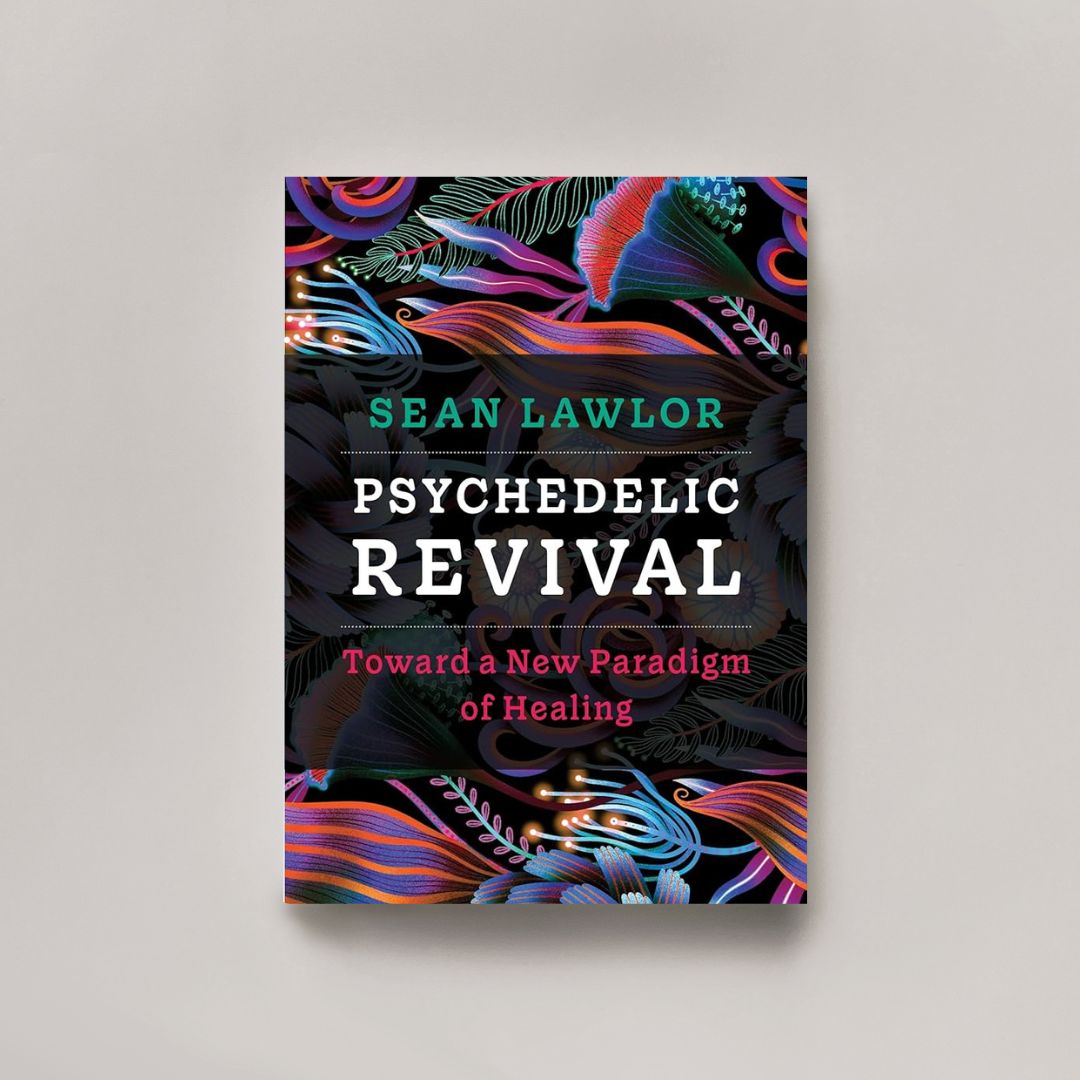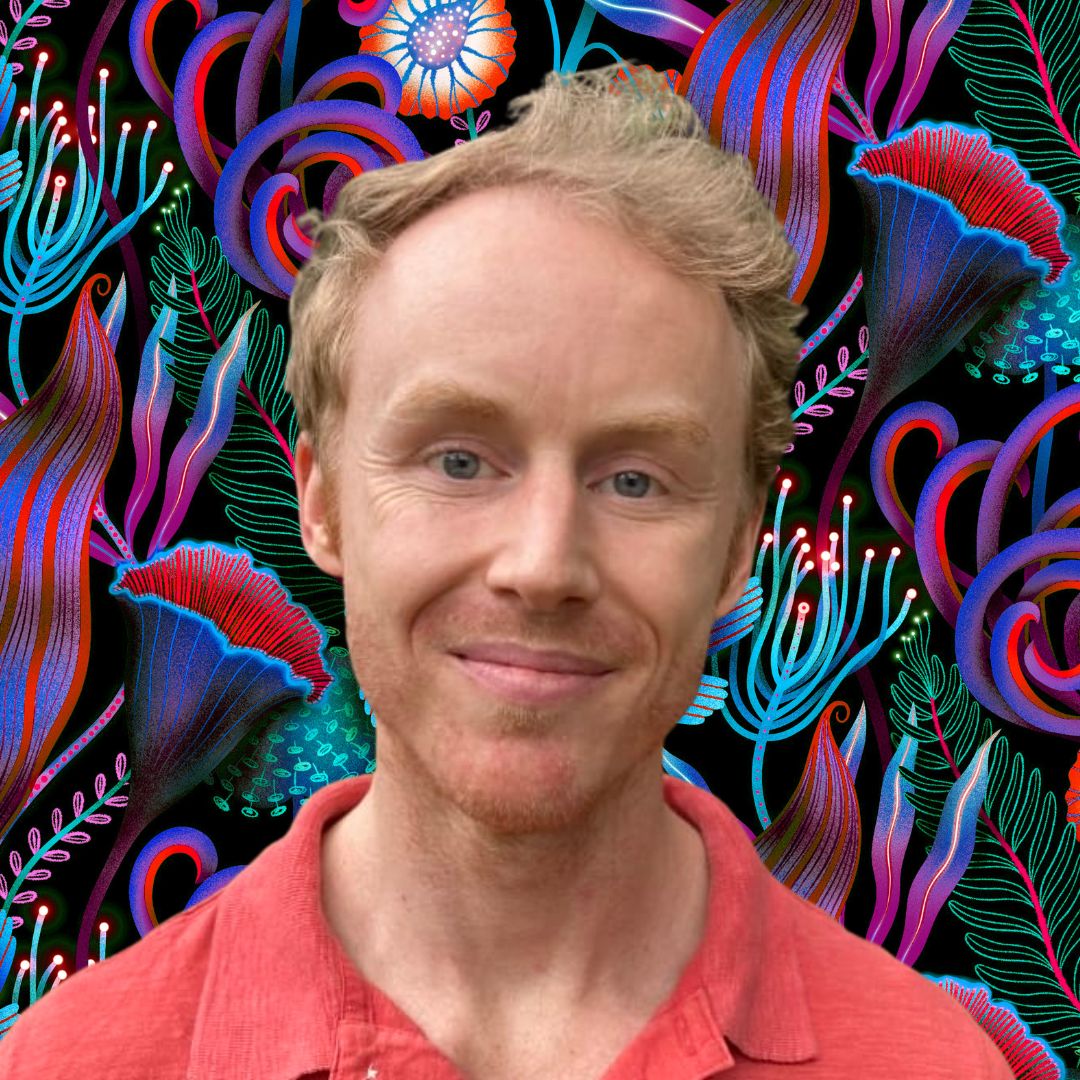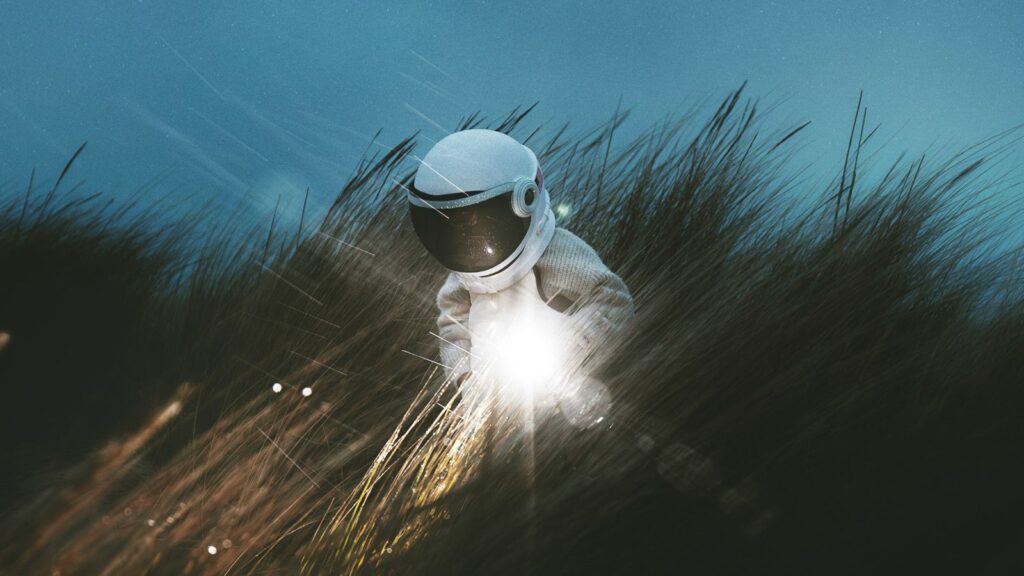Sean Lawlor’s The Psychedelic Revival offers a thought-provoking journey into the world of psychedelic-assisted healing, capturing the essence of a growing movement in mental health treatment. With a balance of scientific research, personal experiences, and expert interviews, Lawlor invites readers to explore the history, possibilities, and challenges that surround the resurgence of psychedelics in modern therapy.


The Renaissance of Psychedelic Healing
Psychedelics are making a comeback, and The Psychedelic Revival dives straight into this evolving narrative. Lawlor refers to the current era as a “psychedelic renaissance,” following decades of prohibition and misinformation. From the clinical studies of the 1950s to the cultural pushback in the 1970s, the author sets the stage for why psychedelics, once dismissed as dangerous, are now being considered as potent tools in the battle against mental health conditions like PTSD, depression, and anxiety.
This renaissance is more than a revival of interest; it’s the beginning of a new paradigm in healing. The therapeutic potential of these substances, often linked to indigenous practices, is now being reexamined through the lens of Western medicine, resulting in some surprising—and promising—results.
Bridging Ancient Wisdom with Modern Science
One of the most engaging aspects of The Psychedelic Revival is Lawlor’s ability to weave together the indigenous roots of psychedelics with their modern scientific exploration. In chapters dedicated to plant medicines like ayahuasca, peyote, and iboga, Lawlor reminds readers of the deep cultural significance these substances have held for centuries.
He takes care to acknowledge the long-standing traditions that have informed today’s therapeutic practices, positioning psychedelics as ancient medicines rather than new-age discoveries.
Lawlor blends this reverence for indigenous knowledge with hard data, drawing on modern studies and clinical trials that prove psychedelics can significantly reduce symptoms in those suffering from treatment-resistant mental health disorders.
“The abstract, otherworldly, and oftentimes spiritual dimensions of psychedelic-assisted healing present a stark contrast to the biomedical model upon which Western medicine is built,” Lawlor writes, challenging the notion that modern science alone holds the answers.
Realistic Expectations for Psychedelic Use
While Lawlor passionately advocates for the healing potential of psychedelics, he doesn’t shy away from addressing the risks and limitations. This balance between optimism and realism is a strength of The Psychedelic Revival. Lawlor is quick to emphasize that psychedelics are not a “magic cure,” but rather, tools that can aid in the healing process when used with caution and respect.
Chapters such as “Bypassing and Abuses of Power” are particularly poignant, as they address the dangers of over-glorifying these substances. Lawlor critiques the sensationalism that often surrounds psychedelics, reminding readers that their therapeutic potential is not without risks. The careful treatment of this shadow side ensures that readers approach psychedelics with informed caution rather than blind enthusiasm.
Psychedelics in Therapy: What to Expect
One of the key takeaways from Lawlor’s work is his detailed exploration of how psychedelics are being integrated into therapy today. In The Psychedelic Revival, Lawlor describes the “tripartite structure” of psychedelic-assisted therapy, which consists of preparation, dosing, and integration. This holistic approach ensures that psychedelics are used in a controlled, supportive environment, where the focus isn’t just on the experience itself but on the healing process that follows.
Lawlor emphasizes that the true power of psychedelics lies in their ability to amplify unconscious content, allowing individuals to confront and process trauma, deep-seated fears, and unacknowledged emotions.
As he writes, “Psychedelics will not in and of themselves provide the elusive piece missing from Western medicine. What they can do is open access to inner and outer realities more expansive than physical symptoms.”
Expert Voices and First-Person Accounts
The inclusion of interviews with leading figures in the field of psychedelic research elevates The Psychedelic Revival from a standard overview to a dynamic conversation. Lawlor draws on insights from luminaries like Michael Pollan, Dr. Rick Doblin, and Sandor Iron Rope to provide a well-rounded perspective on the current state of psychedelic medicine. These expert voices lend credibility to the book’s arguments and offer readers a sense of the ongoing developments in the field.
In addition, Lawlor’s personal anecdotes bring a relatable, human element to the scientific discussion. His own psychedelic initiation during a semester abroad in Australia, shared early in the book, helps ground the narrative and adds a layer of authenticity to his exploration. By weaving his experiences with those of other experts and participants, Lawlor keeps readers engaged while making complex concepts more accessible.
A Compelling Case for Psychedelic Healing
The Psychedelic Revival is an engaging read for anyone interested in the future of mental health treatment, particularly those curious about the role psychedelics may play. Sean Lawlor’s well-researched, thoughtful approach offers both a compelling case for psychedelic-assisted therapy and a realistic understanding of its limitations.
For readers looking for a comprehensive yet accessible guide to this emerging field, The Psychedelic Revival strikes the perfect balance between history, science, and personal narrative. Whether you’re a skeptic or a believer, this book will leave you with a deeper appreciation for the potential of psychedelic healing—and a clearer understanding of how to approach it responsibly.















